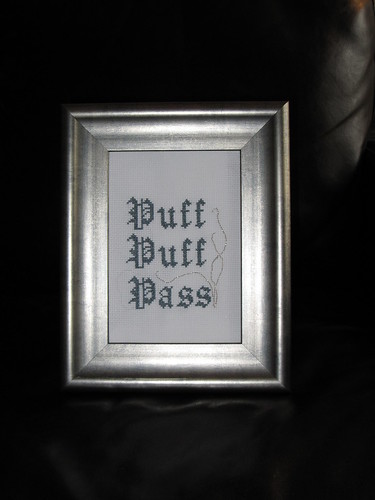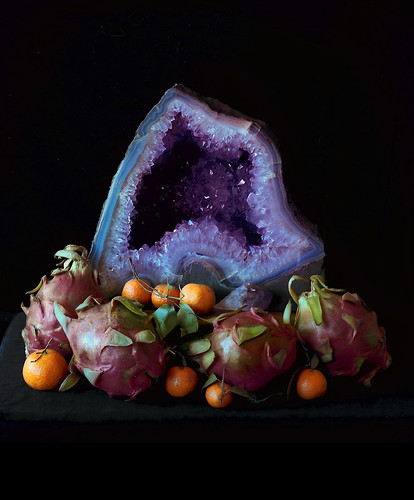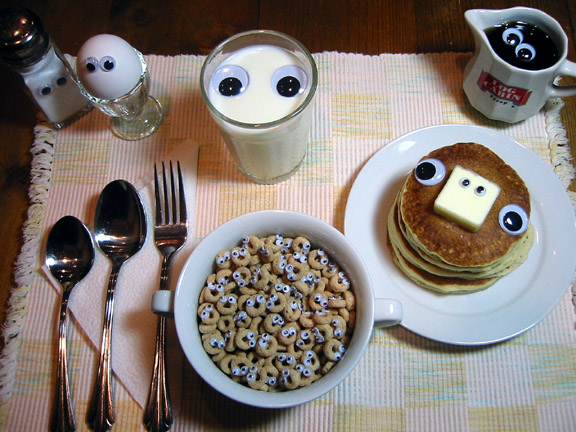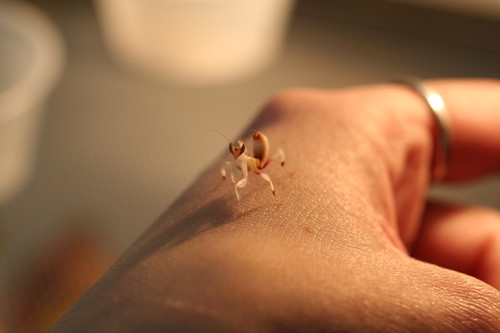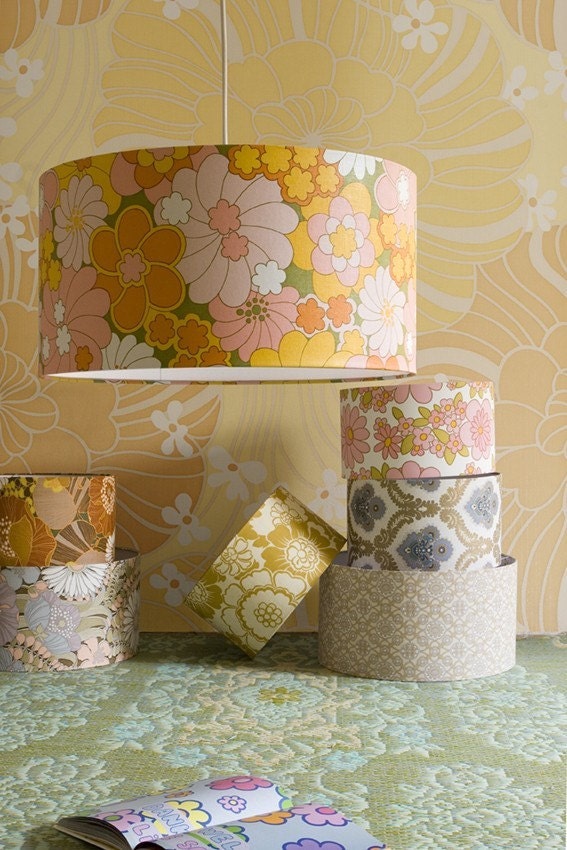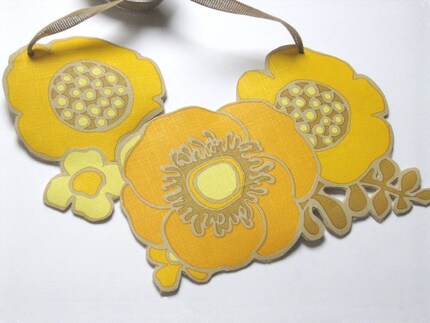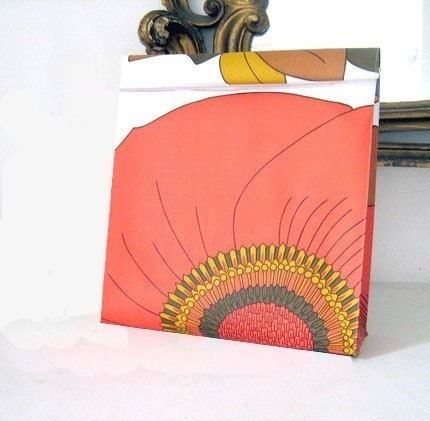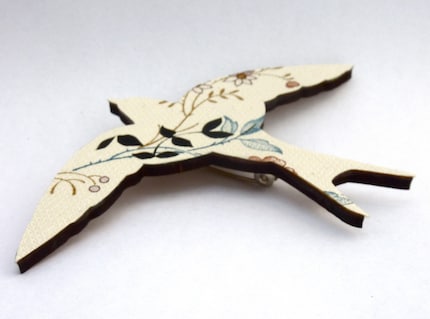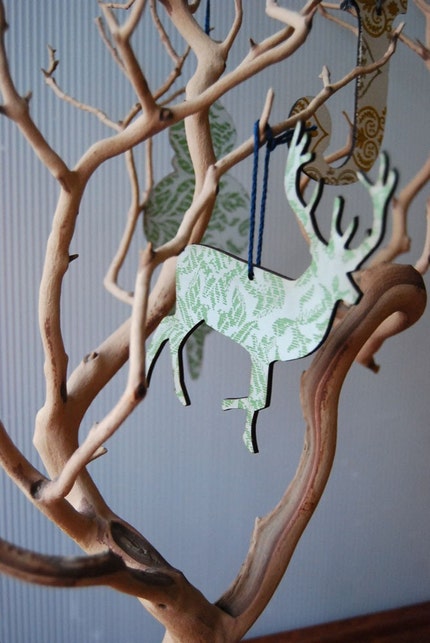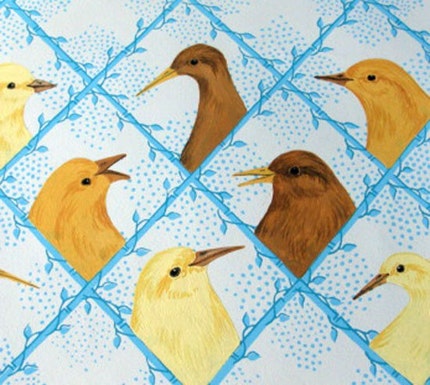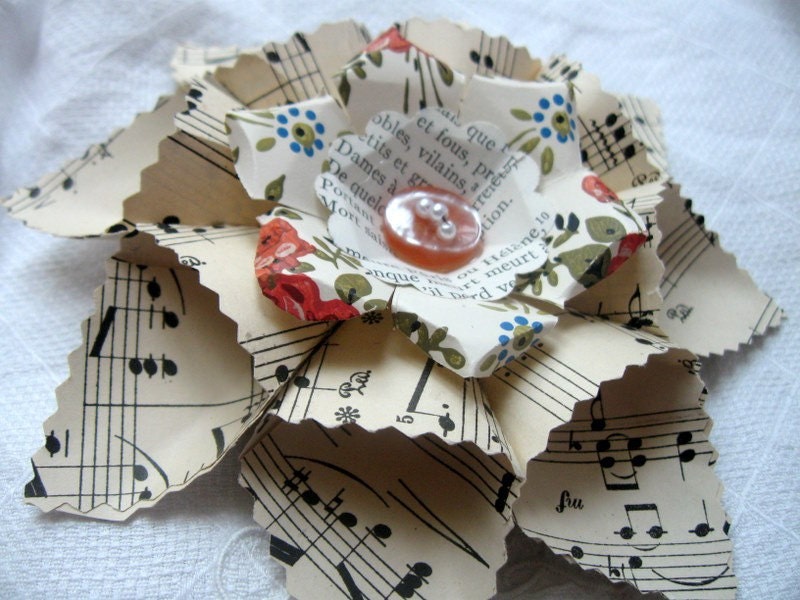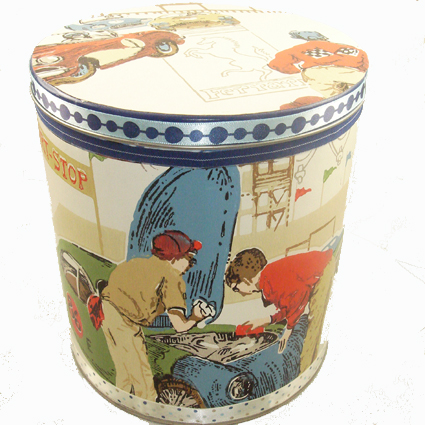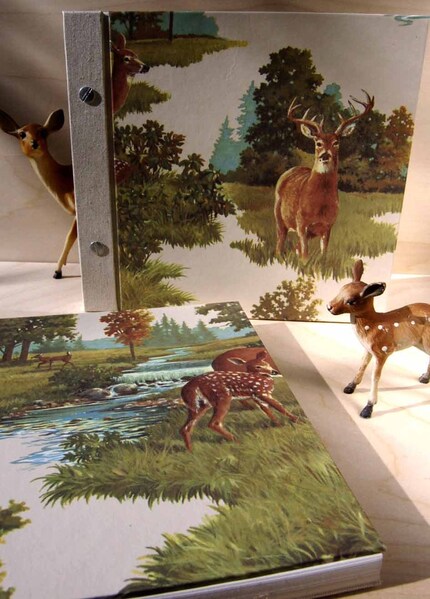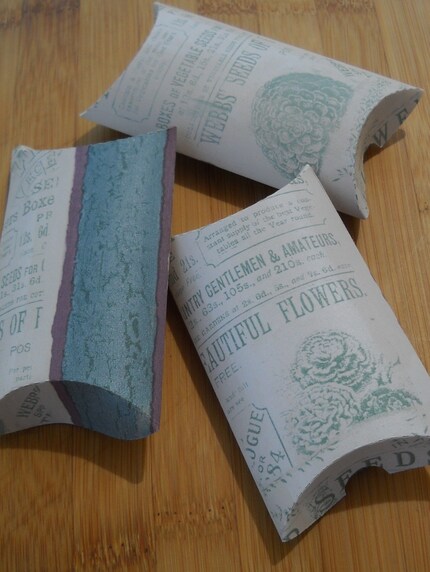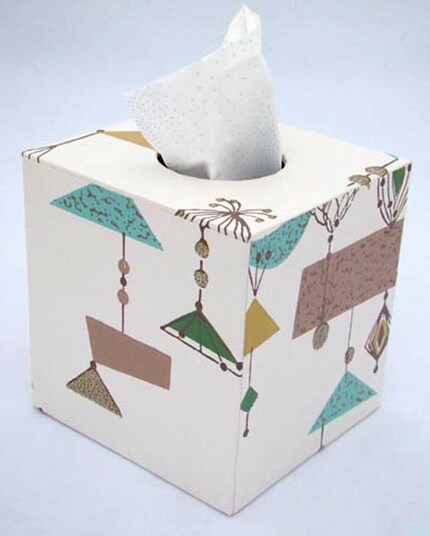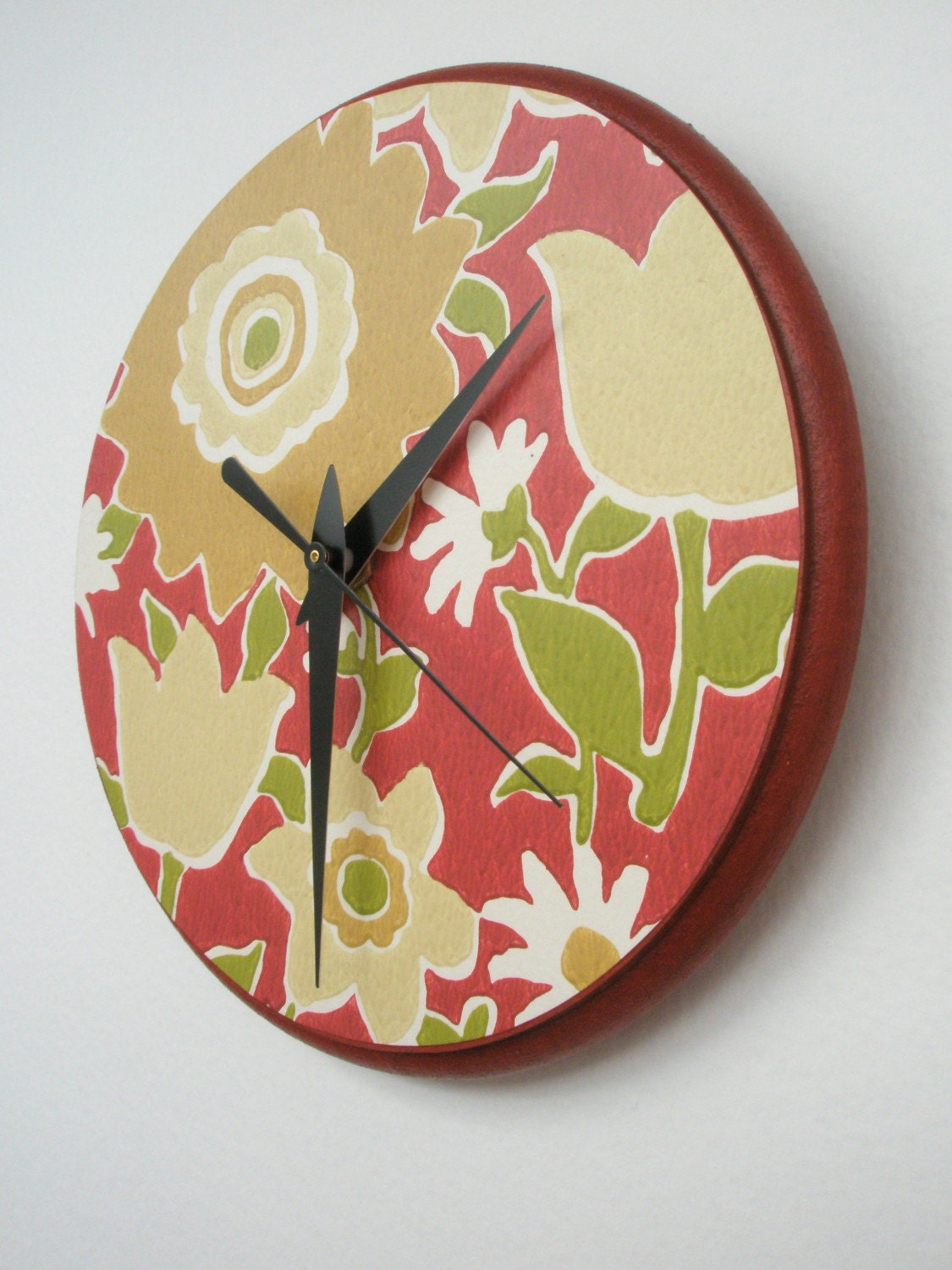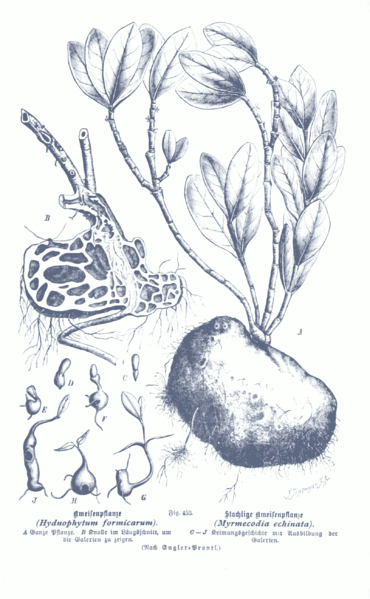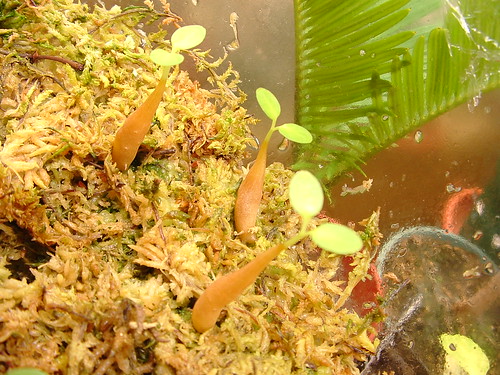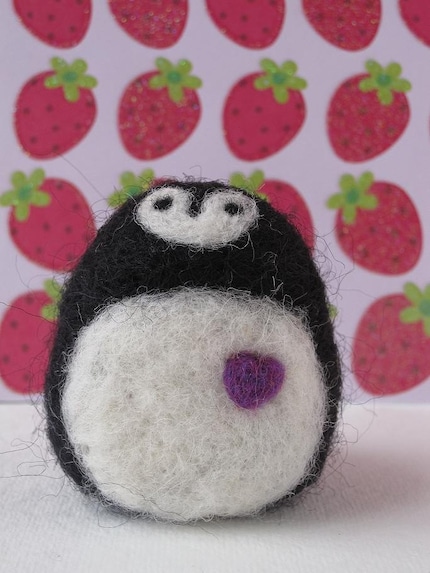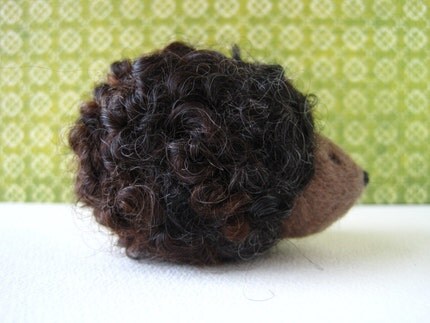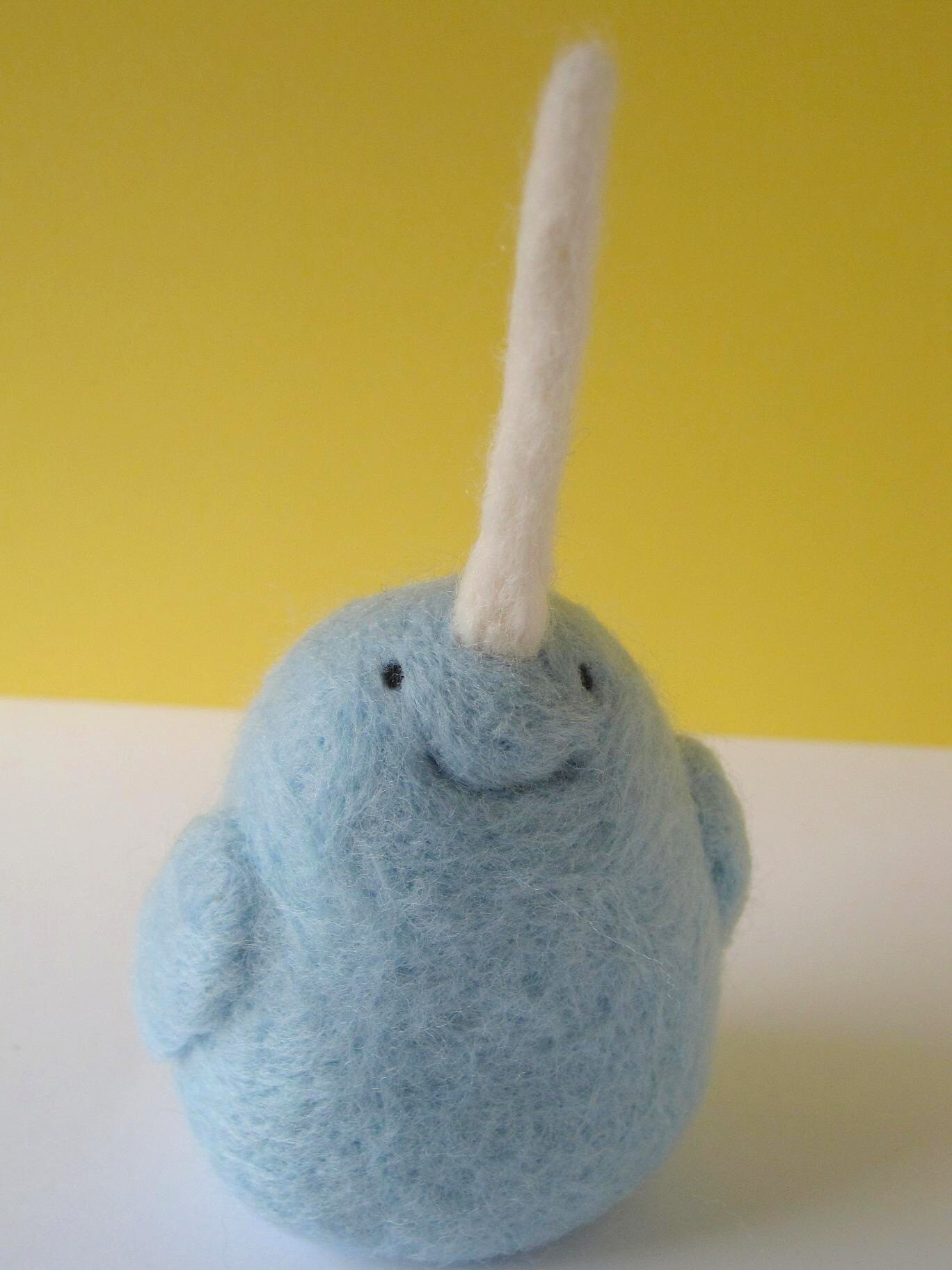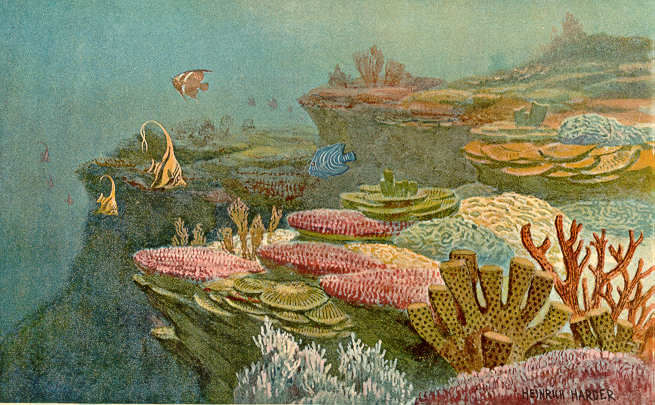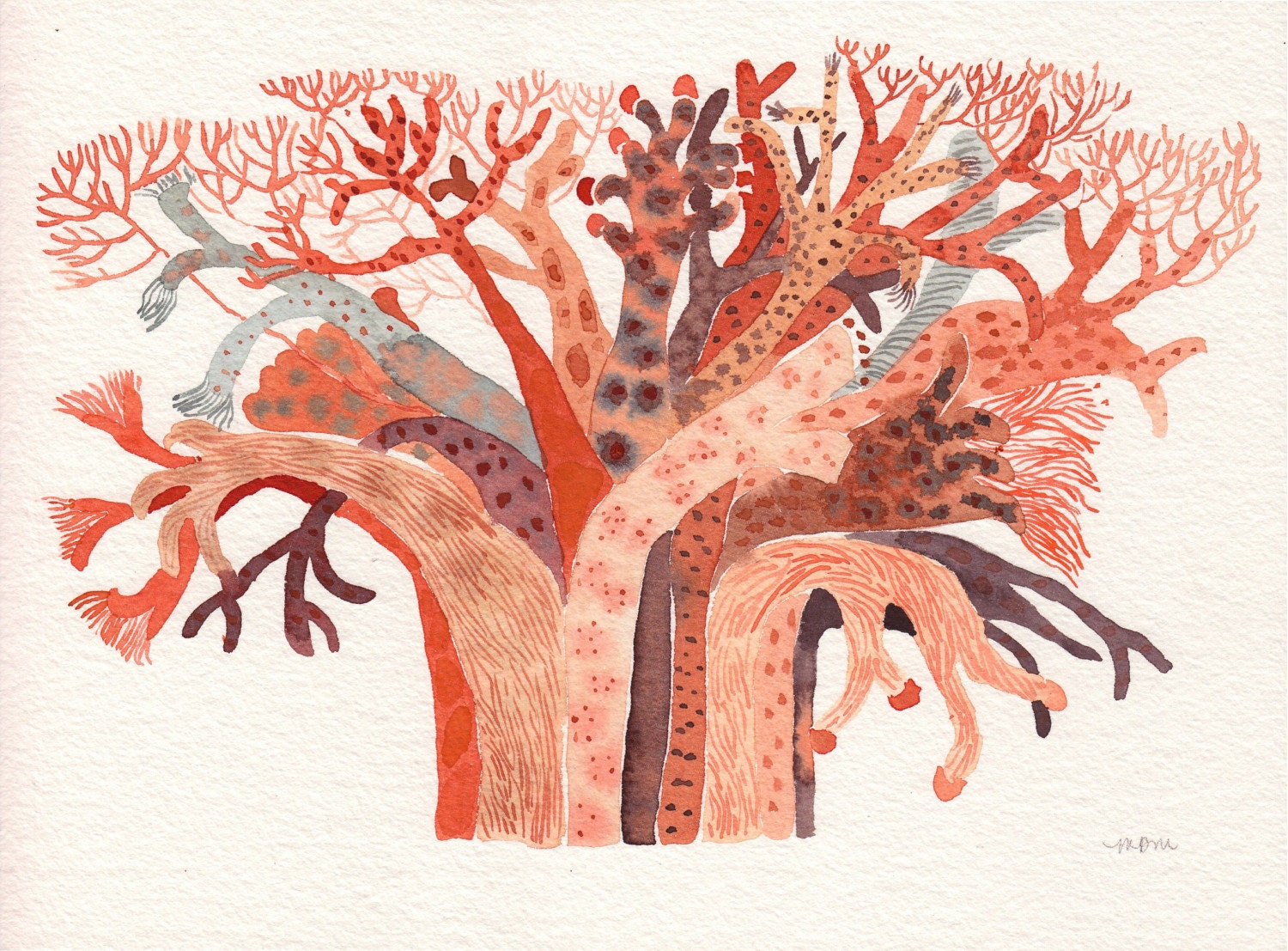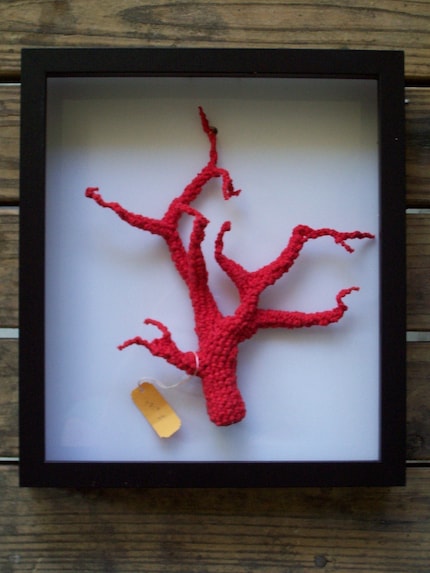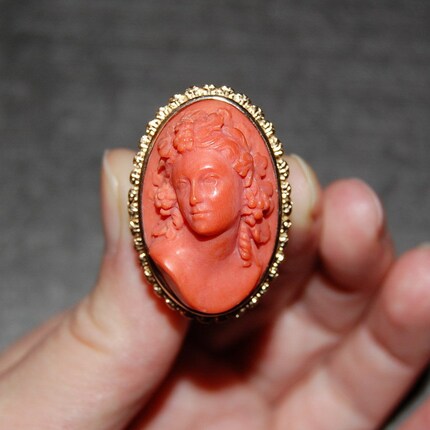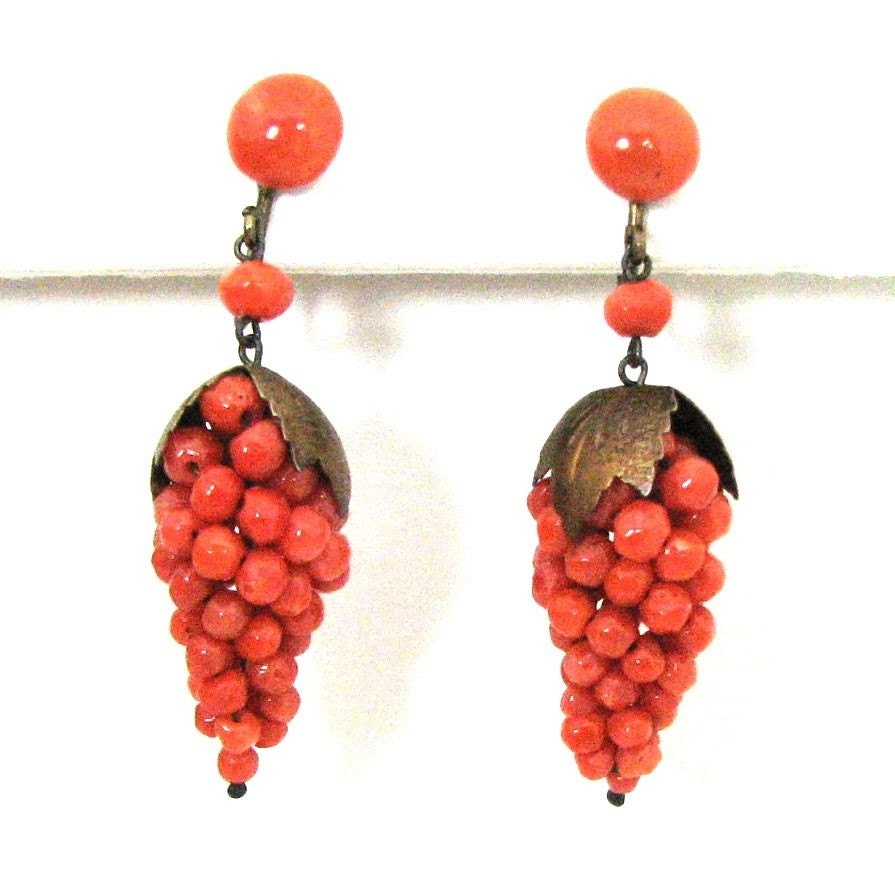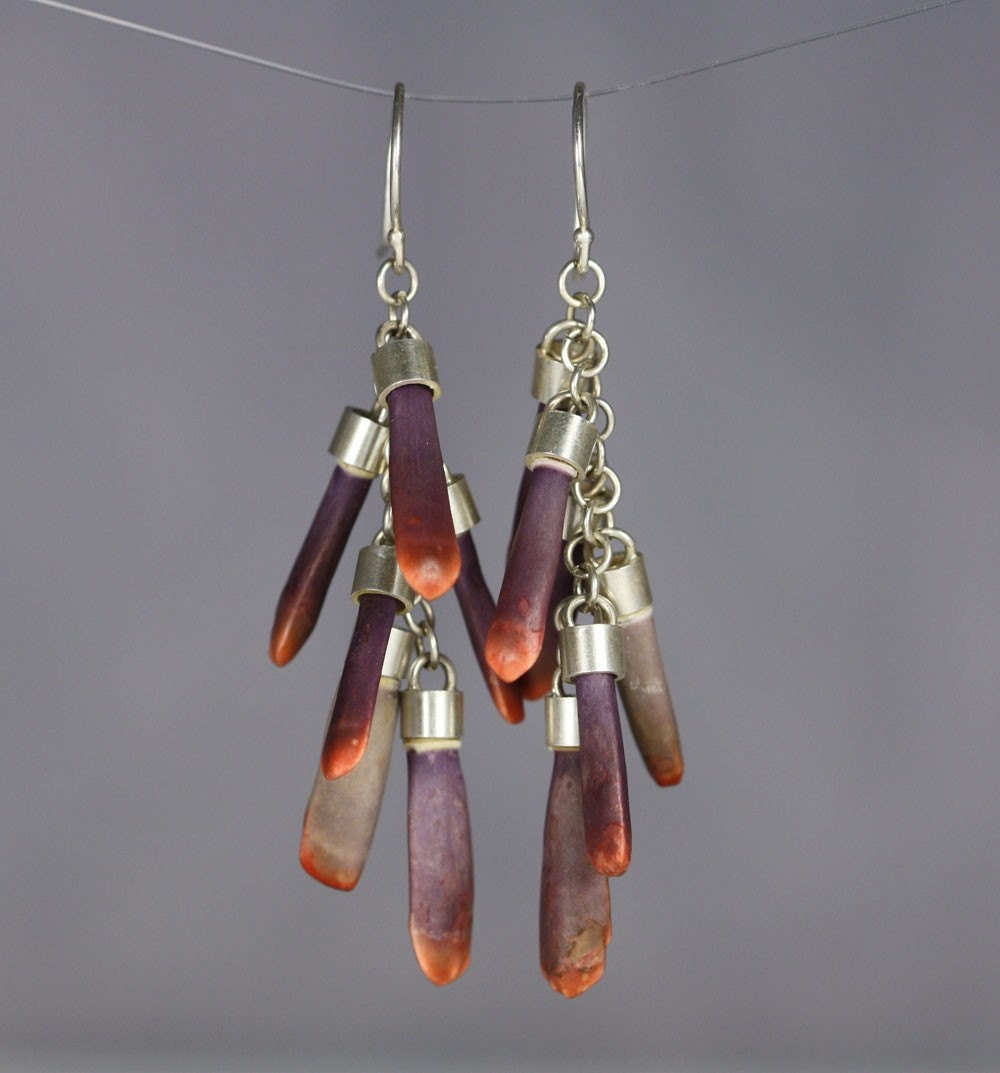It's been a while since I've talked about marine invertebrates so booyeah, here we GO!
Coral! I wrote a
previous piece on coral on for my now deceased
blog but I have a few more things to say about these most excellent of marine invertebrates.
Horsies, lumps of rock and grass fit easily in our neat "animal, mineral, vegetable" categories, but some things...not so much. The great watery oceans where life evolved has lots of fun creatures like that. One such family of organisms are
corals. You'll see coral being sold at the gem show one week and at the exotic animal show the next. We seem to have come to a compromise in calling it a 'natural gem' although it's actually a full fledged member of the
Animalia kingdom. Thought to be a kind of mineral, then
surely some kind of plant, until the microscope revealed thin cell walls like that of animals instead of the tough cell walls characteristic of plants.
You might be forgiven for thinking they're vegetables though. As animals go they're not exactly the engaging kind, little more than tiny tentacled eating and pooping machines (polyps) that secrete hard mineral shells. The coral structure we see is not a single animal but actually a colony composed of many of these tiny eating, pooping, condo-building polyps.
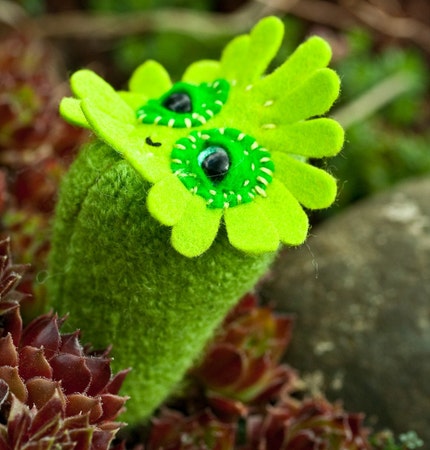
Layers upon layer of little condo machine clones build one upon the other creating, without really meaning to, an extraordinarily intricate structure. Each species has their own special way of building, many taking on a plant appearance for the same reason plants have evolved their characteristic shapes: maximizing their exposure to sunlight. Most coral polyps have a symbiotic relationship with a species of algae which allows the polyp some free energy (courtesy of the algaes photosynthetic powers) in exchange for the polyps 'fertilizer', aka poopies, and a safe place to hang out. I find it totally unfair that we humans don't have such a relationship with algae.
mr polyp is happy to see you
The most popular condo material is calcium carbonate - a special ingredient from natures pantry also found in pearls, egg shells, marble, chalk and more recently antacids. The polyps collect the trace amounts from the water and deposit it a varying rates and in different patterns depending on the species giving each a unique appearance. The ratio of hard exoskeleton to gelatinous polyp flesh is what differentiates the 'soft' from 'stony' corals. If humans were corals we'd definitely be the soft kind...
Charles Darwin observed how corals, lacking in the smarts department as they may be, eloquently exemplified the constant cycle of renewal and destruction inherent in nature when he described the wave and wind battered
coral reefs surrounding small lagoon islands:
"The ocean throwing its waters over the broad reef appears an invincible, all-powerful enemy; yet we see it resisted, and even conquered, by means which at first seem most weak and inefficient.(...)
Let the hurricane tear up its thousand huge fragments; yet what will that tell against the accumulated labour of myriads of architects at work night and day, month after month? Thus do we see the soft and gelatinous body of a polypus, through the agency of the vital laws, conquering the great mechanical power of the waves of an ocean which neither the art of man nor the inanimate works of nature could successfully resist." (The Voyage of the Beagle, Chapter 20 - Keeling Island - Coral Formations)
Coral in jewelry:
Unfortunately, as workaholic as they are, polyps can't keep up with humans and their quest for more shiny pretty things. Admired since prehistoric times the precious red and pink corals in particular have been collected to the brink of extinction for the sole purpose of making jewelry. Add the superstitious nonsense that red coral has mysterious protective powers (not for the coral mind you) and you're in trouble.
Red corals, primarily
Corallium rubrum, are one of the few corals able to live without the need for algae side-kicks and thus are able to live in much deeper areas of the ocean. They used to be found in shallower depths mind you but we got all those and not being not especially fast growing they have not been very good at playing hide-and-seek from humans in the deep either.
The collection of red coral was banned worldwide in 1992, but sadly, in 2007 the ban was
reversed for blatantly financial reasons. With red coral becoming rarer and thus more valuable since the ban it was just too tempting for those who stood to gain. As of yet there is no farmed sources of coral for jewelry use although the industry has been working on it. The only farmed coral out there are the live corals used in fish tanks for the aquatic hobbyist.
Why do we not over-collect things like sea urchins or dandelions? It's always the slow pokes! How 'bout making jewelry from an animal that would probably survive a nuclear holocaust - the sea urchin:
To make it even more enticing I suggest we start a *Church of the Sea Urchin* in honor of their mysterious protective powers. What you didn't know they had these abilities? I swear a sea urchin
SAVED MY LIFE just the other day!
spread the word....
OR, you can use the plethora of antique and vintage sources of coral, not to mention all the faux coral out there. I have had no difficulty in finding high quality vintage coral jewelry and loose beads for re-use in my jewelry. Exhibit A:
Made with real un-dyed red coral from the 1930's.
For more excellent information on the corals used in jewelry:
http://www.bwsmigel.info/GEOL.115.ESSAYS/Gemology.Coral.html
